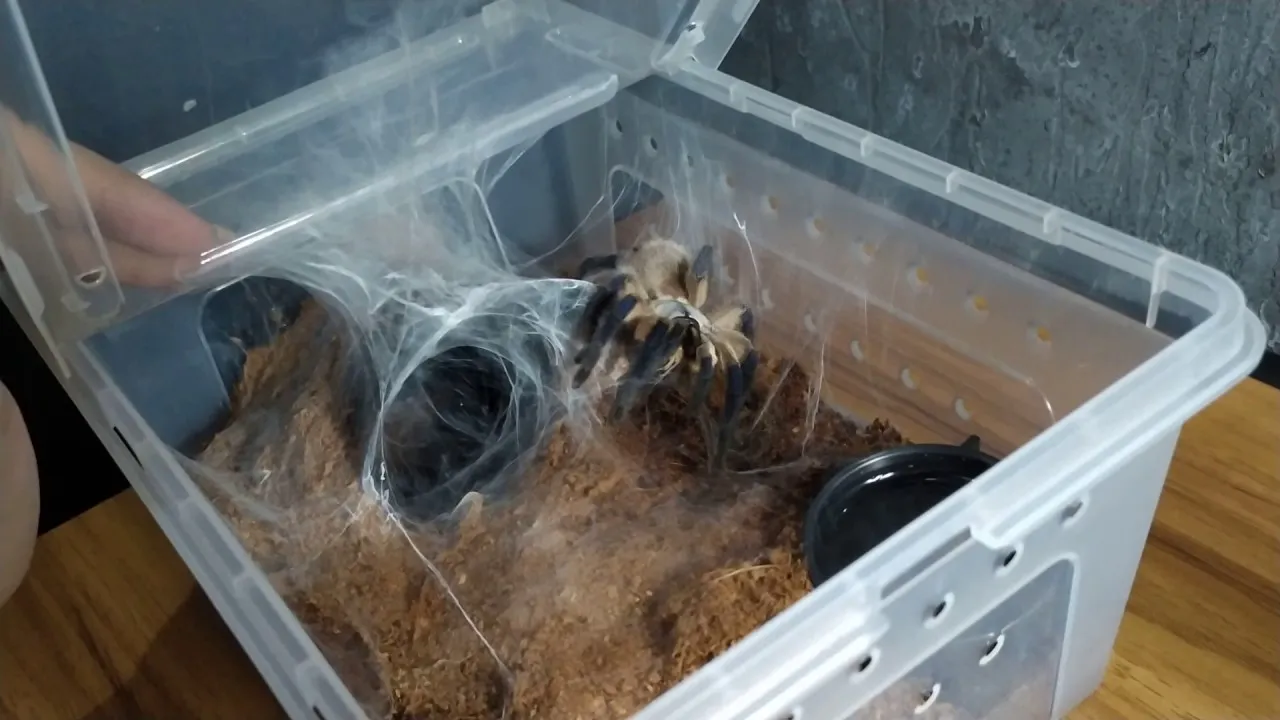Tarantula feeding is a crucial aspect of responsible tarantula ownership, directly impacting your pet spider’s health, longevity, and overall well-being. A well-fed tarantula is a happy tarantula, exhibiting vibrant colors, healthy growth, and a generally active demeanor. Conversely, improper feeding can lead to a range of health problems, including malnutrition, stunted growth, and even premature death. This guide provides essential insights and practical tips to ensure you’re providing your tarantula with the optimal diet for a long and fulfilling life. We’ll delve into the intricacies of tarantula dietary needs, explore suitable prey options, and provide a simple to follow feeding plan, along with expert tips to help you master the art of tarantula feeding. Let’s get started!
Why Proper Tarantula Feeding Matters
The significance of proper tarantula feeding extends far beyond simply keeping your spider alive; it significantly shapes its overall quality of life. A nutritionally balanced diet is paramount for supporting healthy growth, robust immune function, and the vibrant coloration that many tarantula species are known for. Inadequate nutrition can lead to a host of health issues, including delayed molting cycles, weakened exoskeletons, and increased susceptibility to diseases. Furthermore, a well-fed tarantula is typically more active and exhibits more of its natural behaviors, providing you with a greater opportunity to observe and appreciate your fascinating pet. Investing time and effort in understanding your tarantula’s dietary needs and providing a suitable feeding regime is an investment in its health and well-being, ensuring a rewarding experience for both you and your eight-legged companion. The right feeding strategy makes a big difference in longevity.
Understanding Tarantula Dietary Needs
Tarantulas are obligate carnivores, meaning their diet consists solely of animal matter. Their nutritional requirements are relatively simple, primarily consisting of protein, with smaller amounts of fats and other essential nutrients. The specific dietary needs vary slightly depending on the tarantula species, its age, and its current stage of growth. However, the fundamental principle remains the same a diet rich in protein from a variety of sources is crucial for optimal health and growth. Juvenile tarantulas, for instance, require more frequent feeding to support their rapid growth, while adult tarantulas can typically be fed less often. It is important to research the specific species of tarantula you own to determine its unique dietary needs and adjust your feeding plan accordingly. Furthermore, remember to offer fresh, clean water at all times to aid in digestion and hydration.
Choosing the Right Prey for Your Tarantula
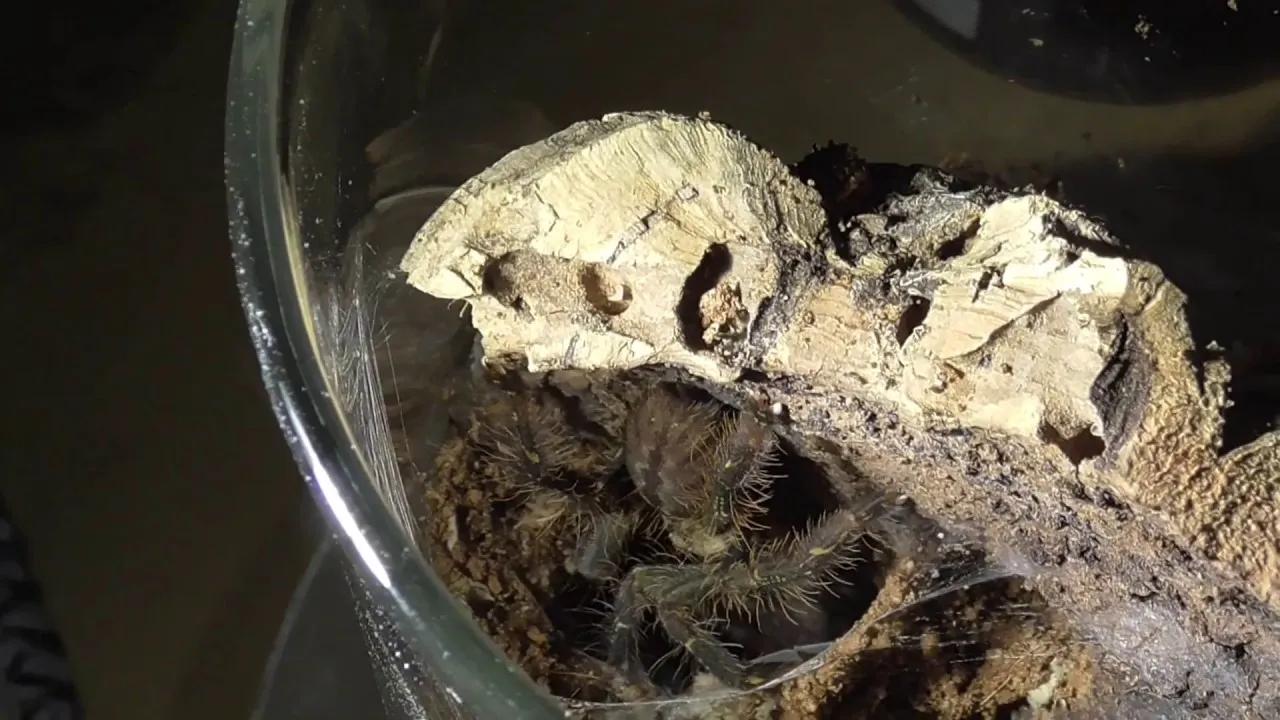
Selecting the appropriate prey is a critical component of successful tarantula feeding. The ideal prey should be nutritious, readily available, and of a size that your tarantula can easily handle. The size of the prey item should generally be no larger than the tarantula’s body length. Several types of feeder insects are commonly used, each with its own nutritional profile and ease of care. It is a good practice to vary the diet to make sure your tarantula gets all the necessary nutrients. Consider these options when building your tarantula’s meal plan. Consider the size of the prey compared to your tarantula, to ensure safe feeding practices.
Crickets
Crickets are a widely accessible and easily obtainable food source for tarantulas. They are relatively inexpensive and can be purchased at most pet stores. Crickets are high in protein, making them a nutritious option, particularly for juvenile tarantulas. However, crickets can sometimes be noisy and may not live long in the enclosure. Gut-loading crickets before feeding them to your tarantula is an excellent practice. Gut-loading involves feeding the crickets a nutritious diet (such as vegetables and commercial cricket food) for 24-48 hours before offering them to your tarantula. This enriches the cricket’s nutritional content, passing these benefits to your spider.
Mealworms
Mealworms, the larvae of the darkling beetle, are another popular choice. They are generally easier to keep than crickets, and their slower movement can make them a safer option for tarantulas. Mealworms are also relatively high in protein. However, mealworms have a higher fat content than crickets, so they should be offered in moderation, particularly to adult tarantulas. Always crush the head of the mealworm before feeding it to your tarantula, especially for smaller spiders, to prevent it from biting and injuring the tarantula during molting. Also, they can burrow, so keep that in mind.
Roaches
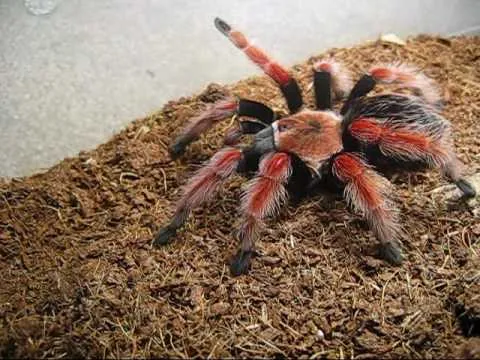
Roaches, such as dubia roaches or discoid roaches, are an excellent source of protein and are considered by many to be a superior feeder insect. They are less prone to escaping than crickets, and they have a longer lifespan. They are also easier to breed, allowing you to establish a sustainable food source. Roaches are nutritionally balanced, with a good protein-to-fat ratio, making them a healthy option for tarantulas of all ages. Just like crickets, gut-loading roaches is highly recommended to maximize their nutritional value and benefit your tarantula. Many tarantula keepers are turning to roaches, because they are an amazing option for feeding.
Feeding Frequency and Portion Sizes
The frequency and amount of food you provide to your tarantula are key factors that influence its overall health. Overfeeding can lead to obesity, while underfeeding can result in stunted growth and health issues. As a general guideline, juvenile tarantulas (spiderlings) should be fed more frequently, often every 2-3 days, while adult tarantulas can be fed less often, typically once every 1-2 weeks. The portion size should be proportional to the tarantula’s size; a good rule of thumb is to offer prey items no larger than the tarantula’s body length. It is essential to monitor your tarantula’s abdomen; if it appears overly plump or swollen, reduce the frequency or portion size of the feedings. Adjust the feeding schedule to the age and growth stage of the tarantula.
Tarantula Feeding Schedule
A consistent feeding schedule can benefit both you and your tarantula. Establish a routine that suits your lifestyle and the needs of your spider. Keep in mind that juvenile tarantulas require more frequent feeding, sometimes every other day or every few days. Young tarantulas are still growing and need plenty of protein. Adult tarantulas, however, can be fed less often. The schedule should be maintained consistently to ensure the tarantula does not become stressed. If a tarantula is molting, reduce the feeding or remove the uneaten food item. This will help keep your tarantula healthy and happy!
Portion Control Guide
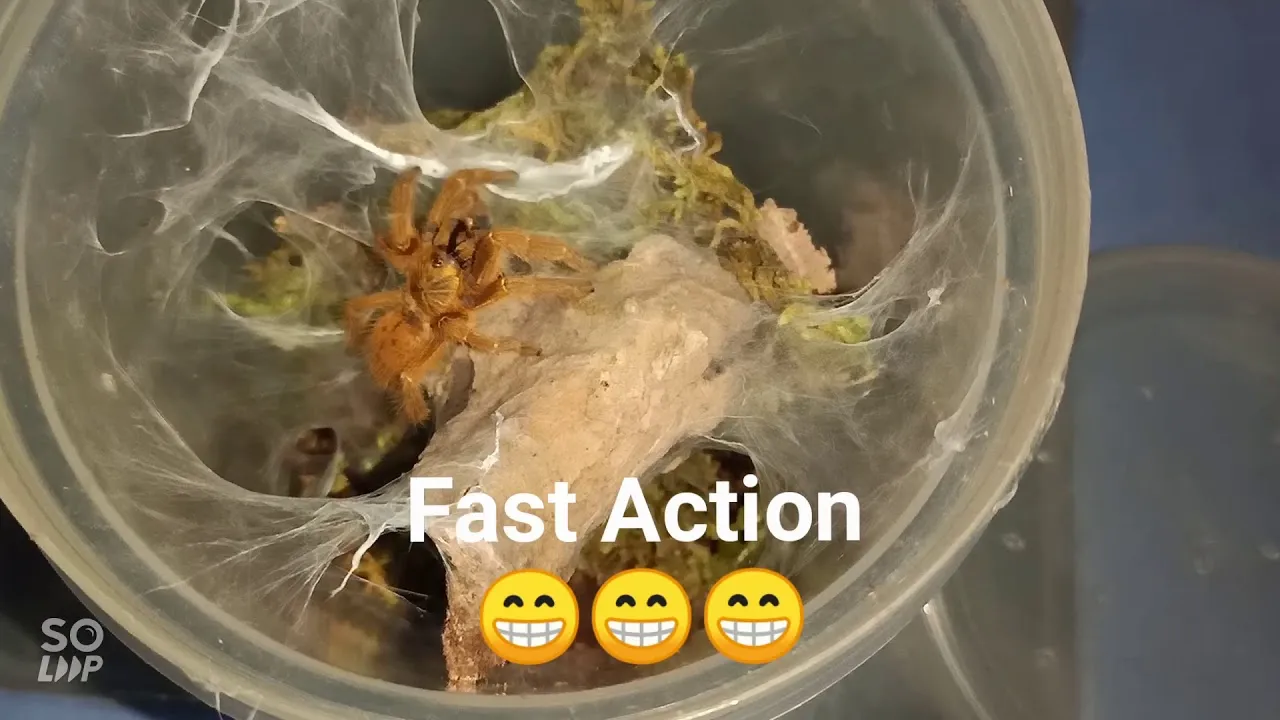
It is crucial to control the amount of food your tarantula receives. Feed your tarantula according to its age and size, and always remove uneaten prey after a period of time (usually 24 hours) to avoid stressing the tarantula. Be mindful not to overfeed, which can lead to health problems. Adjust the portion size depending on the species and their individual needs. Use visual cues, such as the size of the abdomen, to make sure you are meeting the needs of your tarantula. It will give you a better understanding of your spider’s needs.
5 Pro Tips for Successful Tarantula Feeding
These simple yet powerful tips will help you optimize your tarantula feeding practices, ensuring your spider stays healthy and thrives. Proper feeding is key to a healthy tarantula, and these tips will elevate your skills and make feeding time a breeze. Implementing these tips can improve your tarantula’s health and your experience of keeping them.
Tip 1 Create the Ideal Feeding Environment
Your tarantula’s enclosure plays a significant role in its willingness to feed. Ensure the enclosure is appropriately sized for your spider, providing ample space for movement and hunting. Maintain the correct temperature and humidity levels for the specific species. Avoid placing the feeding dish directly in front of the tarantula’s hide, as this can make it feel exposed and less likely to come out to feed. Adding some decorations can help your spider feel safe. The right setup encourages the tarantula’s natural hunting behavior.
Tip 2 Observe Your Tarantula
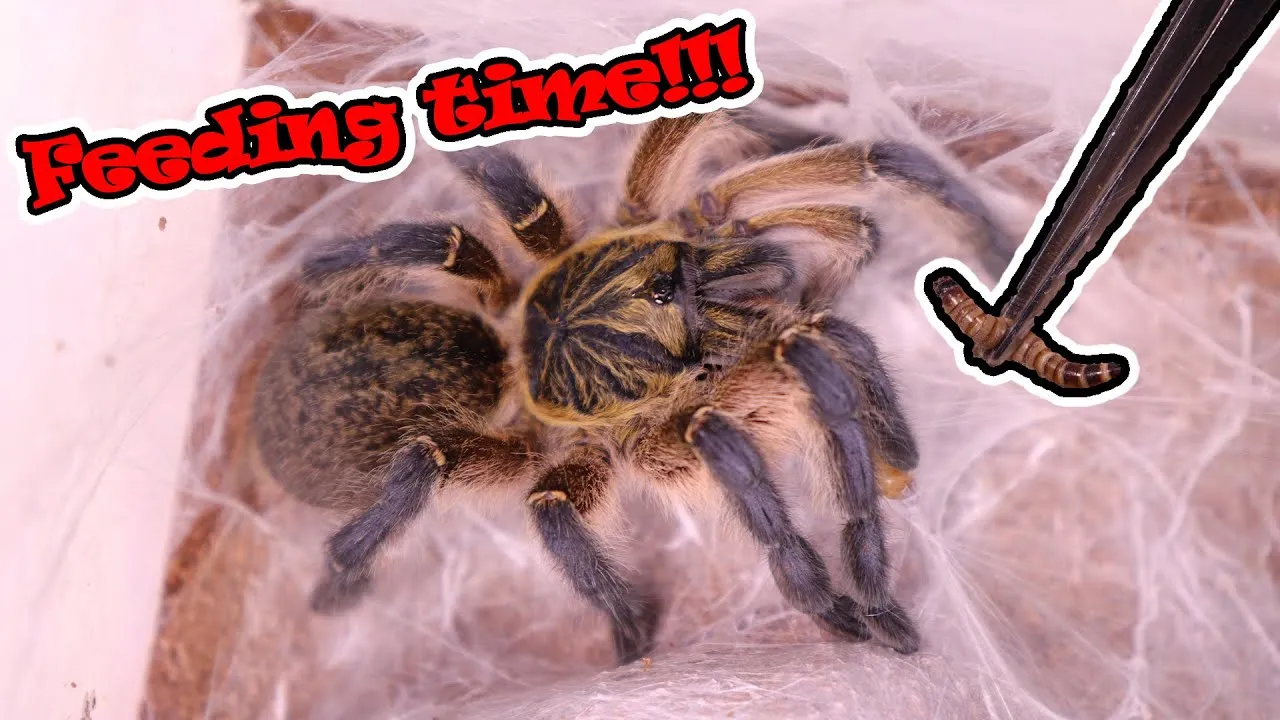
Observe your tarantula’s behavior before, during, and after feeding. Note its activity level, feeding response, and overall demeanor. A healthy tarantula will typically be alert and show interest in the prey. Watch for any signs of stress, such as excessive hiding or erratic movements. If your tarantula refuses to eat, assess the environment and the prey. Observe the behavior of the tarantula and the prey, if the prey is too big, too small, or is causing problems with your tarantula, then change accordingly. This will help you understand its appetite and preferences. Make adjustments as needed to optimize your feeding strategy.
Tip 3 Remove Uneaten Prey
Always remove any uneaten prey within 24 hours. Leaving prey in the enclosure for extended periods can stress your tarantula. The prey can also potentially harm the tarantula, especially during a molt, or may cause a general nuisance. Uneaten prey can also contribute to the build-up of waste, increasing the risk of mites and other pests. Regular inspection of the enclosure and prompt removal of uneaten food is an essential practice for tarantula care and maintenance. Maintain a clean and healthy environment for your spider.
Tip 4 Provide Fresh Water
Fresh, clean water is essential for tarantula health and digestion. Provide a shallow water dish, ensuring it’s accessible and not too deep, to prevent the tarantula from drowning. Change the water regularly, at least every other day, to prevent bacterial growth and maintain a clean environment. If you are using a water dish, monitor the water level and refill it as needed. Having a consistent water source allows for optimal hydration. A hydrated tarantula is a healthy tarantula.
Tip 5 Maintain Optimal Temperature & Humidity
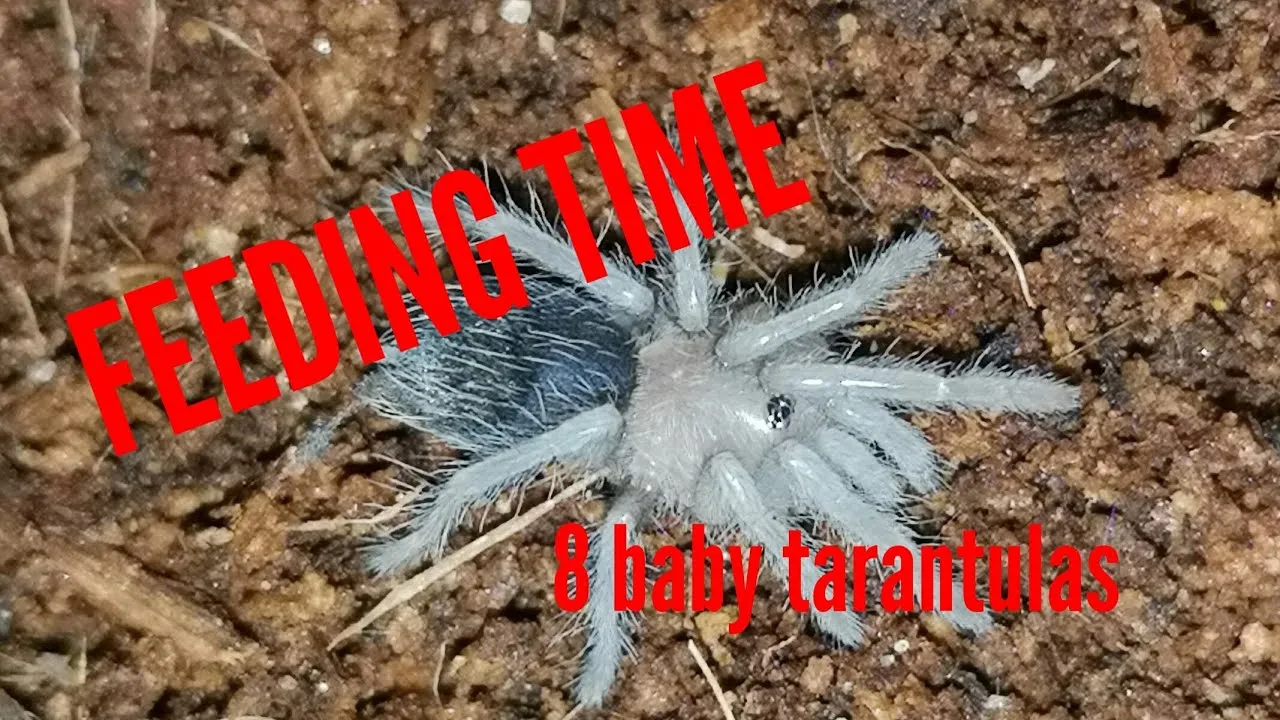
Temperature and humidity play an important role in your tarantula’s appetite and its ability to digest food. Research the specific requirements for your species of tarantula. Keeping the enclosure within the ideal temperature and humidity ranges will help stimulate their appetite and ensure proper digestion. Use a thermometer and hygrometer to monitor the conditions and make adjustments as needed. These environmental factors significantly influence the tarantula’s overall health, feeding behavior, and molting cycles. Keeping the right environment is key to ensure the long-term health of your spider.
Addressing Common Tarantula Feeding Problems
Even with the best care, you may encounter some challenges with tarantula feeding. Here are some common issues and how to address them.
Tarantula Refusal to Eat
A tarantula may refuse food for various reasons, including being in premolt, stress, or a change in environment. If your tarantula stops eating, assess the situation. Observe its behavior and look for any signs of premolt, such as a darkening abdomen or a lack of activity. Ensure the enclosure is clean and the temperature and humidity are correct. If your tarantula continues to refuse food for an extended period, consult with an experienced tarantula keeper or a veterinarian specializing in exotic animals. Sometimes a tarantula may simply not be hungry. Patience is important.
Overfeeding Concerns
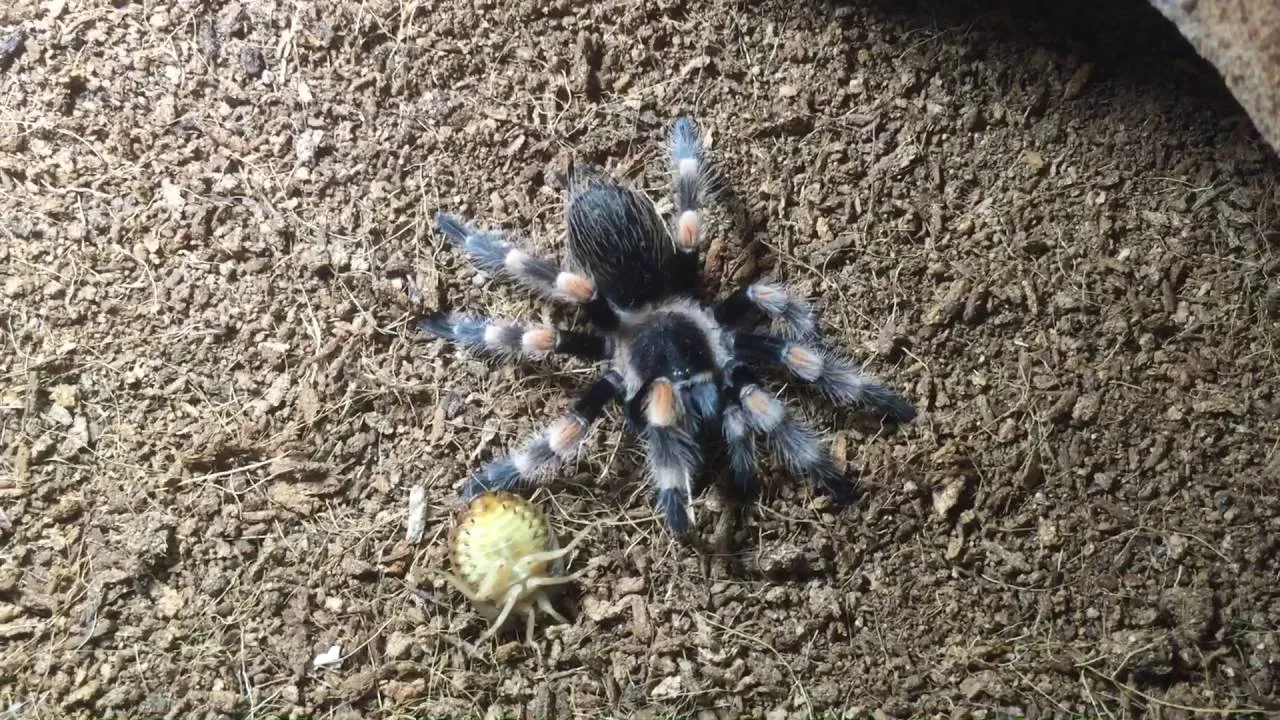
Overfeeding is generally less of a concern than underfeeding, but it can still lead to health problems. An obese tarantula may have difficulty molting or experience other health issues. If your tarantula’s abdomen appears overly plump, reduce the frequency or portion size of feedings. Monitor your tarantula’s size and behavior. Adjust your feeding schedule accordingly to match its growth and health. Maintain a balanced diet, avoid providing too many high-fat foods, and make sure the tarantula is active.
Conclusion
Proper tarantula feeding is a fundamental aspect of providing your pet with a long, healthy, and fulfilling life. By understanding your tarantula’s dietary requirements, selecting appropriate prey, and following the expert tips outlined in this guide, you can ensure your spider thrives. Remember to always prioritize your tarantula’s well-being and consult with experienced keepers or experts if you have any concerns. With knowledge and care, you can enjoy the fascinating experience of owning and caring for these amazing creatures.
